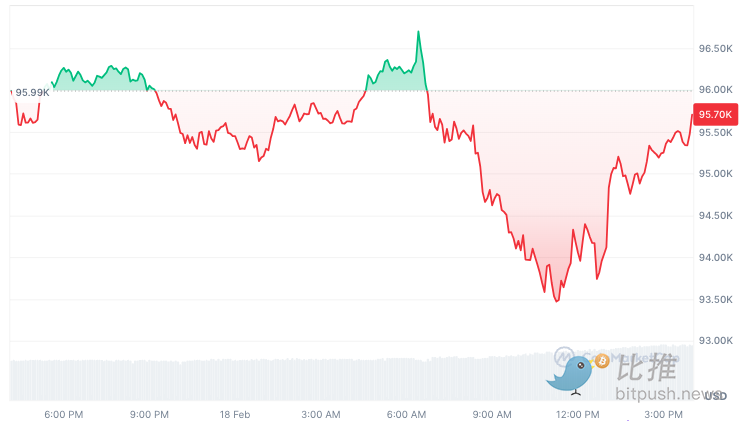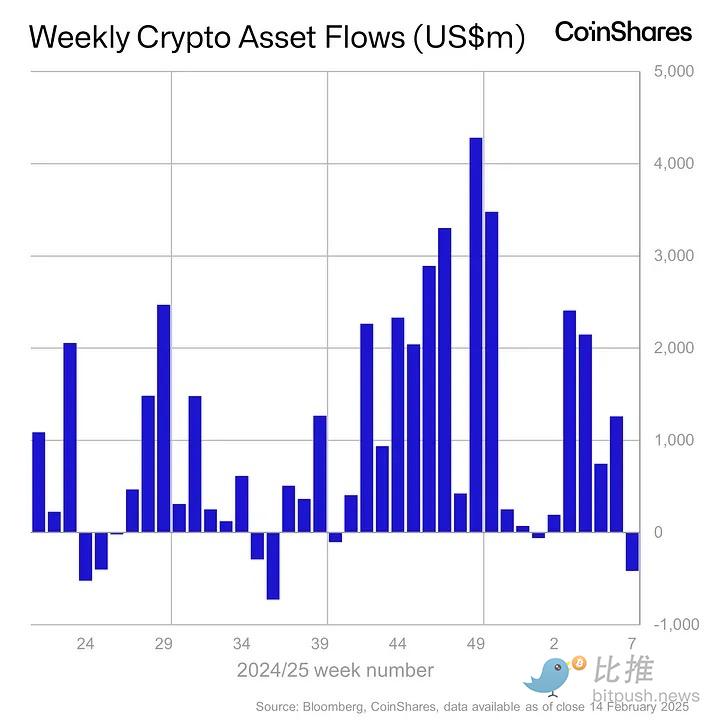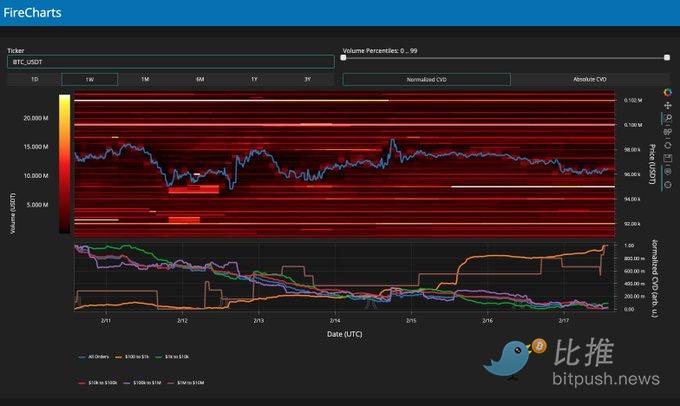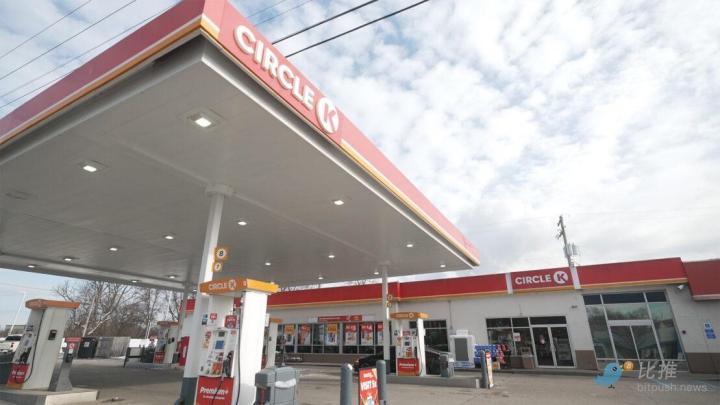Author: BitpushNews Mary Liu
Due to heightened inflation concerns, crypto exchange-traded products (ETPs) saw their first net outflow in 19 weeks, as the crypto market continued to decline.
BitPush data shows that in the past 24 hours, Bitcoin briefly touched a low of $93,388.83 during the session, before rebounding to above $95,000 as of press time, while Ethereum fell 3% to $2,600, Solana (SOL) fell nearly 5% to a low of $163.

Maple Finance CEO Sid Powell said: "A 3% drop in the crypto market today is not too surprising - it seems to be mainly driven by macroeconomic factors. Recent inflation reports show that inflation will persist, so the likelihood of rate cuts in the near term is low."
Crypto Fund Outflows
This pullback is also in line with the first net outflow from digital asset exchange-traded products (ETPs) in 19 weeks.
According to the latest CoinShares digital asset fund flow weekly report, last week saw a large outflow of funds from digital asset investment products, totaling $415 million. This marks the end of a 19-week trend of $29.4 billion in inflows.
The report states: "As investors have been seeking to reduce risk exposure, ETFs have ended 19 consecutive weeks of inflows, seeing their first week of net outflows, leading to selling pressure." CoinShares attributed these outflows to hawkish signals from Federal Reserve Chair Jerome Powell and higher-than-expected U.S. inflation data.
The report notes that BTC was particularly affected, with outflows of $430 million, reflecting its sensitivity to interest rate expectations. Interestingly, short bitcoin products also saw outflows of $96 million.

In contrast, Solana led with inflows of $89 million, followed by XRP and Sui with $85 million and $60 million respectively, while crypto equities attracted $208 million in inflows, bringing their year-to-date total to $220 million.
Technical Indicators Suggest Potential Retest of $92,000 Support
According to an analysis shared by Material Indicators on February 17, Bitcoin may see further downside due to a "death cross" forming on the daily chart. A death cross occurs when the short-term moving average crosses below the long-term moving average, typically signaling weakening price momentum. However, the analysis also noted that there is buy-side liquidity around $95,000, and $92,000 is a secondary support level that could help stabilize prices.

Further analysis of Binance order book data supports the view of an impending test. The technical chart shared by Material Indicators shows significant buy-side interest around $95,000, while risk exposure has been reduced across almost all order types, except for retail traders. The $92,000 support level suggests that further downside could test this key support area, laying the groundwork for future price action.
Traders remain cautious, with many closely monitoring technical signals. The appearance of the death cross suggests a potential long-term downtrend, but some investors view the current conditions as an opportunity to accumulate more BTC. Material Indicators emphasizes the importance of strategic planning in these market conditions, advising traders to remain patient and stay the course.
Standard Chartered Reiterates $500,000 Bitcoin Price Target
Standard Chartered Bank maintains its $500,000 target price for Bitcoin, citing a changing investor landscape, including institutions, banks, and sovereign buyers. The bank expects Bitcoin to reach this level before the end of former U.S. President Trump's term.
According to Standard Chartered, spot Bitcoin ETF purchases are expected to reach 499,000 BTC in 2024, while Strategy has purchased 257,000 BTC. The bank expects further institutional inflows in 2025, but stresses the need for new buyers to sustain the momentum.
The analysts wrote: "To achieve this target, we need new buyers; bank buying has been substantial, and now sovereign nations are also getting involved."
A key factor supporting this outlook is data from U.S. Securities and Exchange Commission 13F filings, which show an increase in Bitcoin positions held by banks and hedge funds in the fourth quarter.
Standard Chartered noted: "The buyer type will gradually evolve, from predominantly retail pre-ETF, to hedge funds in the early ETF days, and ultimately to sovereign investors." Looking ahead, the bank expects pension funds and central banks to join the market as long-term institutional investors.








